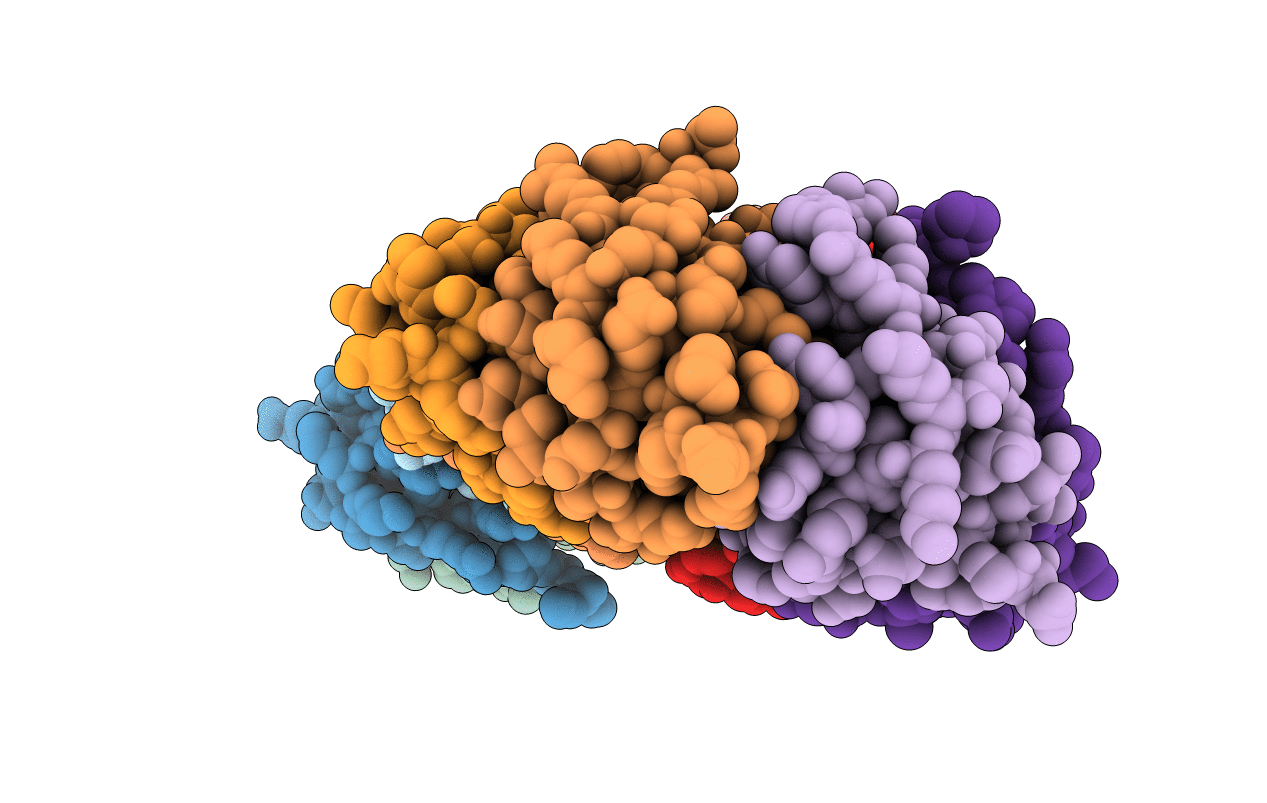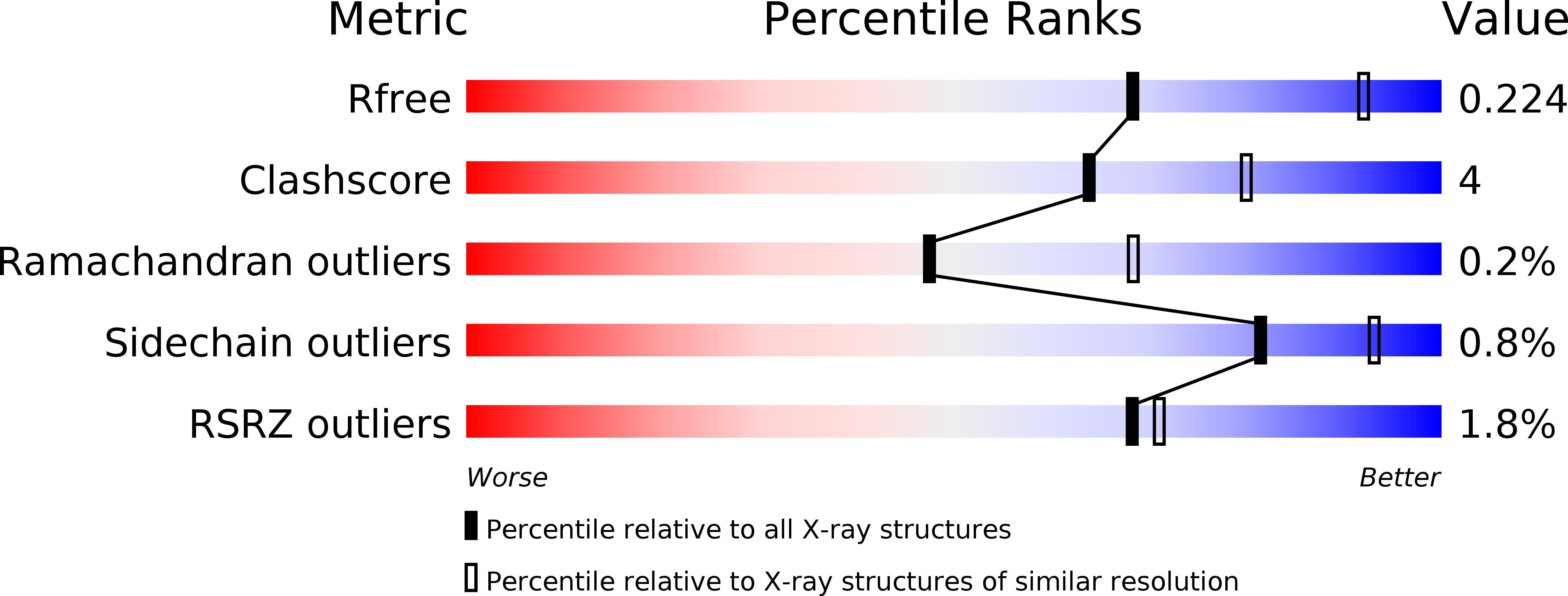
Deposition Date
2007-08-03
Release Date
2007-11-06
Last Version Date
2023-08-30
Entry Detail
PDB ID:
2QTX
Keywords:
Title:
Crystal structure of an Hfq-like protein from Methanococcus jannaschii
Biological Source:
Source Organism:
Methanocaldococcus jannaschii (Taxon ID: 2190)
Host Organism:
Method Details:
Experimental Method:
Resolution:
2.50 Å
R-Value Free:
0.23
R-Value Work:
0.18
Space Group:
P 1 21 1


